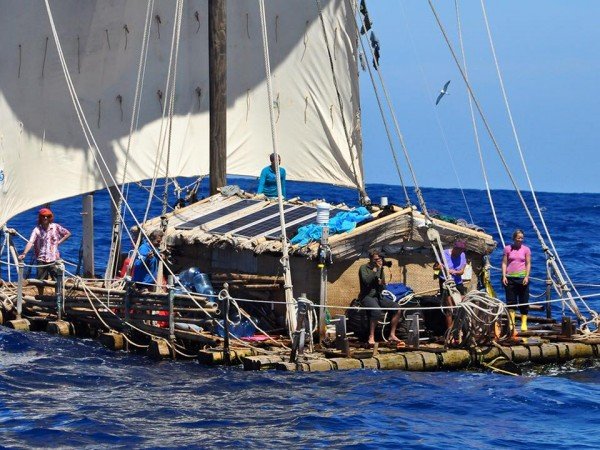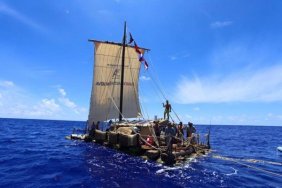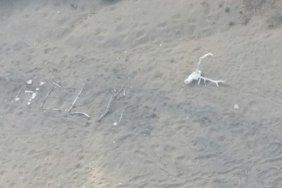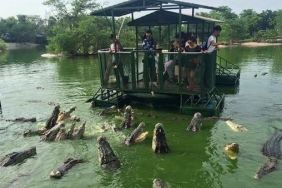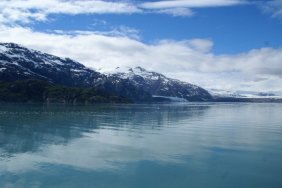The 14-member crew on board two balsa wood rafts attempting to recreate what’s believed to be an ancient trading route from Peru to Easter Island and back are safely in Chile now after being rescued from the Pacific Ocean.
There was no immediate threat to the crew’s safety or the two giant rafts constructed with primitive technology at the time of the rescue, although their supplies were running low and it was unclear whether they could finish the return trip.
Dubbed the Kon-Tiki2 Expedition, the two rafts had successfully made the voyage from Peru to Easter Island in 43 days, but the return trip was not as simple. Rough conditions and abnormal weather patterns made their journey longer than expected, which is why they called for help.
In all, the crew had traveled 4,500 nautical miles in 114 days, marking an incredible achievement that seems to shed light on a theory that the Inca likely made trips to Easter Island during the 15th century.
We have shown that balsa rafts can sail to Easter Island. This is a first, in modern times. We have also made good progress on the return journey, but this is an El Niño year and the weather patterns we have encountered have been atypical. We realize that reaching South America will take too long and we prefer to evacuate to ensure safety for all
, says Expedition leader Torgeir Higraff.
After getting picked up by a Chilean Navy vessel, the crew reached the mainland this week where they were resting and enjoying modern comforts after nearly four months on the water. During the voyage, they endured near gale force winds and giant waves through the “Roaring 40s.”
“The two rafts – Tupac Yupanqui and Rahiti Tane – were made of 11 balsa logs and 10 crossbeams held together by 2000 meters of natural fiber ropes – like the ancient South American rafts. Tens of thousands of waves, up to six meters in height, hit the rafts in an extreme El Niño year.”
The expedition was attempting to show that balsa rafts could be navigated and successfully reach Easter Island and return to Peru as researchers have theorized the ancient Inca had done around 1480. Scientific evidence suggests that inhabitants on Easter Island share DNA with Native Americans and that Polynesians as well as Inca likely made the voyage back and forth. In addition, the crews gathered valuable information on ocean pollution and marine wildlife along the way.
In 1947, Thor Heyerdahl famously made the voyage in a kon-tiki raft from South America to the South Pacific. This latest endeavor was an attempt to double down on his endeavor.
For more on the expedition visit Kontiki2.com
Rescue operation underway. #Kontiki2 crews packing up possessions and equipment. Getting ready for pick up. pic.twitter.com/wTNAjLsqqx
— Kon-Tiki2 Expedition (@kontiki2) March 17, 2016
